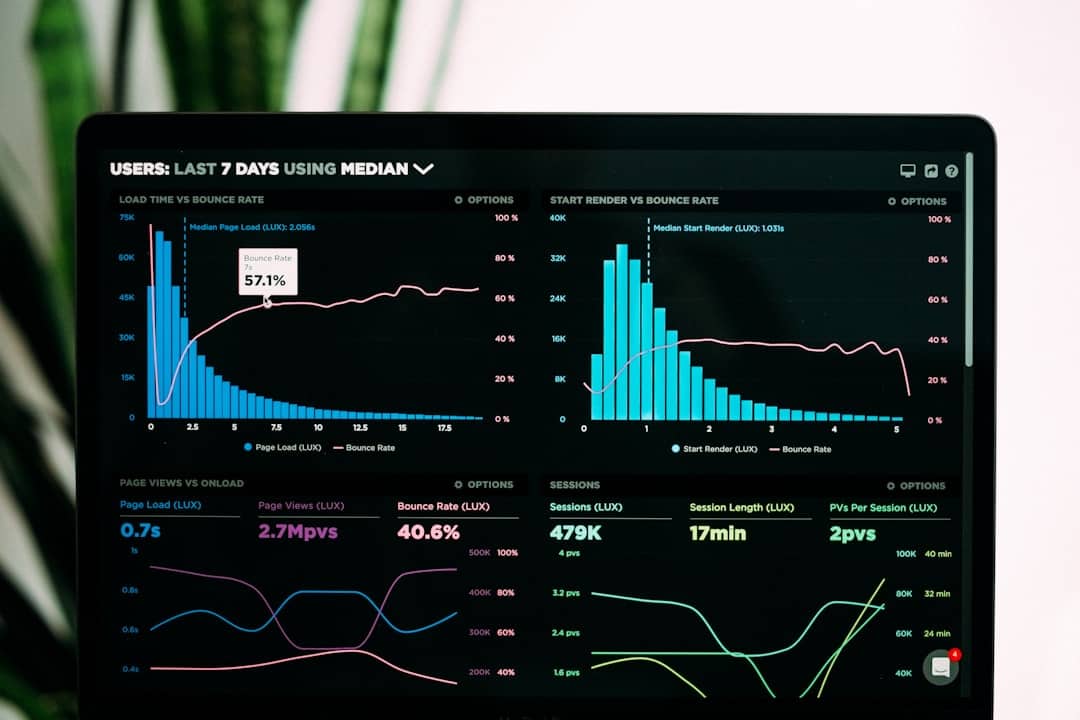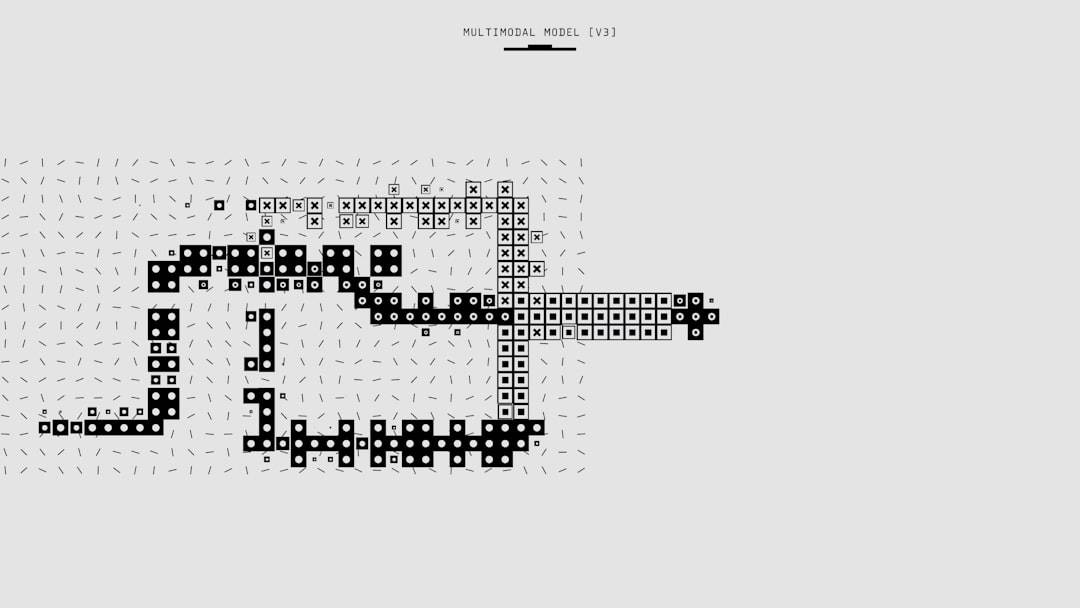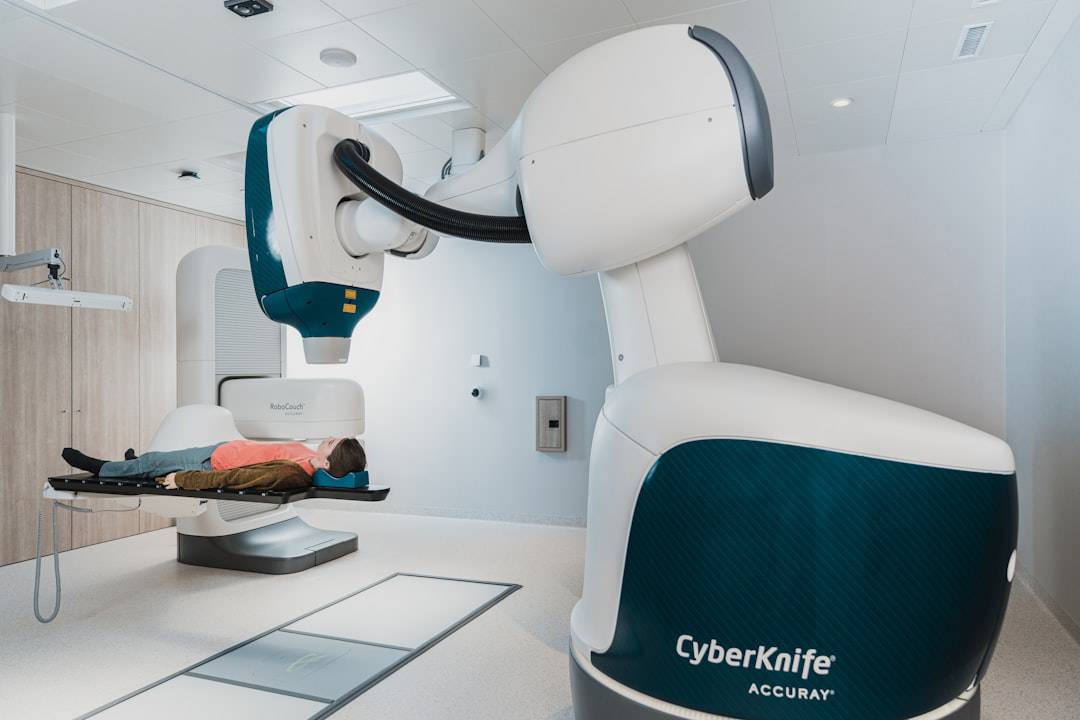Author: Science Team
-

Brute Force Android: Unlocking the Power of Your Device
Brute Force Android refers to the unauthorized access attempt on an Android device by systematically trying all possible password or PIN combinations. Hackers and cybercriminals often employ this method to circumvent security measures and access sensitive data. Specialized software or scripts can automate this process, potentially making it an effective way to breach device security.…
-

Ensuring Cloud Server Security: Best Practices
Cloud server security is a critical concern in the modern digital landscape, as businesses increasingly rely on cloud services for data storage and management. Protecting a company’s cloud server is essential for safeguarding sensitive information, preventing unauthorized access, and maintaining data integrity and availability. Security breaches in cloud servers can lead to significant consequences, including…
-

Gartner ZTNA Magic Quadrant: Navigating the Zero Trust Network Access Landscape
Zero Trust Network Access (ZTNA) is a security model designed to address the limitations of traditional network security approaches. The core principle of ZTNA is to never automatically trust any user or device attempting to access the network, regardless of their location relative to the corporate perimeter. Every access request must be verified and authenticated…
-

Exploring Convolutional Neural Networks in Deep Learning
Convolutional Neural Networks (CNNs) have significantly advanced deep learning and artificial intelligence (AI) by enhancing the accuracy of image recognition and computer vision tasks. These specialized deep neural networks are designed to process and analyze visual data, making them highly effective for image classification, object detection, and facial recognition. CNNs draw inspiration from the human…
-

Brute Force WordPress: Protecting Your Site from Attacks
Brute force attacks are a prevalent cybersecurity threat where attackers attempt to gain unauthorized access to systems or websites by systematically trying all possible combinations of usernames and passwords. This method relies on the sheer volume of attempts rather than exploiting specific vulnerabilities. Attackers employ automated tools to execute brute force attacks, enabling them to…
-

Maximizing Security: The Role of Managed Security Providers
In the contemporary digital landscape, cybersecurity has become a paramount concern for organizations across all industries and sizes. The escalating frequency and complexity of cyber threats necessitate a robust approach to security measures. Managed Security Providers (MSPs) have emerged as crucial partners for businesses seeking to safeguard their sensitive data and systems against potential cyber…
-

Fully Convolutional Network: Revolutionizing Image Processing
Fully Convolutional Networks (FCNs) are a class of deep learning algorithms that have revolutionized image processing and computer vision tasks. Developed in 2015 by Jonathan Long, Evan Shelhamer, and Trevor Darrell, FCNs are specifically designed to handle visual data such as images and videos. Unlike traditional Convolutional Neural Networks (CNNs) that primarily focus on image…
-

ZTNA Gartner Magic Quadrant: A Comprehensive Analysis
Zero Trust Network Access (ZTNA) is a security model that assumes no user or device should be automatically trusted, regardless of their location or network connection. This approach requires strict identity verification for every entity attempting to access resources on a private network. ZTNA addresses the limitations of traditional security measures like VPNs and firewalls,…
-

Advancing Vision with Machine Learning
Machine learning has transformed our approach to various tasks and challenges, particularly in the field of vision. Artificial intelligence and machine learning algorithms have enhanced machines’ ability to “see” and interpret visual data, with significant implications across industries such as healthcare and automotive. This advancement is creating new opportunities for innovation and progress. Teaching machines…
-

Preventing Online Brute Force Attacks: How to Keep Your Data Safe
Brute force attacks are a common method used by hackers to gain unauthorized access to systems or accounts. This technique involves systematically attempting every possible combination of passwords or encryption keys until the correct one is found. It is a straightforward yet effective approach, particularly when targeting systems with weak or easily guessable passwords. Automated…
-

Maximizing Protection: Managed Cyber Security Services
In the contemporary digital landscape, cyber security has become a paramount concern for organizations across all industries and sizes. The escalating frequency and complexity of cyber attacks necessitate substantial investments in robust security measures to safeguard sensitive data and critical systems. Managed cyber security services play a pivotal role in this defense strategy, offering continuous…
-

Securing Your Network: Zero Trust Access Solutions
Zero Trust Network Access (ZTNA) is a security framework that eliminates implicit trust within an organization’s network. Unlike traditional perimeter-based security models, ZTNA requires continuous authentication and authorization for all users and devices, regardless of their location or network connection. The core principle of ZTNA is “never trust, always verify.” This approach mandates that every…
-

Top Deep Learning Companies Leading the AI Revolution
Deep learning is a branch of artificial intelligence (AI) that utilizes neural networks to mimic human cognitive processes. This technology has gained prominence in recent years due to its ability to analyze vast amounts of data, identify complex patterns, and make accurate predictions. Deep Learning algorithms have found applications across various sectors, including healthcare, finance,…
-

Defending Against Brute Force Attacks on Websites
Brute force attacks are a prevalent hacking technique used to gain unauthorized access to systems or accounts. This method involves systematically attempting every possible password combination until the correct one is identified. Hackers employ automated software to generate and test numerous password combinations efficiently, making it an effective but time-intensive approach. Brute force attacks can…
-

Protecting Your Business: Information Security Services
Information security is a critical aspect of any business operation, regardless of its size or industry. It encompasses the protection of sensitive data, such as customer information, financial records, and intellectual property, from unauthorized access, use, disclosure, disruption, modification, or destruction. The importance of information security cannot be overstated, as a breach in security can…
-

Zero Trust Network Access: Gartner’s Latest Insights
Zero Trust Network Access (ZTNA) is a security model that assumes no entity, whether inside or outside an organization’s network, should be automatically trusted. This approach requires continuous verification for anyone attempting to access network resources, regardless of their physical location. The core principle of ZTNA is “never trust, always verify.” ZTNA prioritizes securing access…
-

Revolutionizing Healthcare with AI and Machine Learning
Artificial Intelligence (AI) and Machine Learning are transforming healthcare by enhancing diagnostic accuracy, treatment efficacy, and patient care. AI involves the development of computer systems capable of performing tasks that typically require human intelligence, while Machine Learning is a subset of AI that enables systems to learn and improve from experience without explicit programming. In…
-

Protecting Your Online Accounts from FB Brute Force
Brute force attacks are a common hacking technique used to gain unauthorized access to systems or accounts. This method involves systematically attempting every possible password combination until the correct one is found. Hackers employ automated software to rapidly input various combinations of characters, numbers, and symbols to crack passwords. While brute force attacks can be…
-

Protecting Patient Data: Healthcare Cybersecurity
Healthcare cybersecurity is critical in the modern digital era, as the healthcare sector increasingly relies on technology for patient data management and storage. The widespread adoption of electronic health records (EHRs) and telemedicine has heightened the need to protect patient information from cyber threats. Healthcare organizations bear the responsibility of safeguarding sensitive patient data, including…
-

Open Source Zero Trust Network Access: A Game Changer
Zero Trust Network Access (ZTNA) is a security framework that eliminates implicit trust based on network location within an organization. Unlike traditional network security models, where users often have broad access once inside the network, ZTNA operates on the principle of “never trust, always verify.” This approach requires continuous authentication and authorization for every user…
-

Top Machine Learning Companies: Leading the AI Revolution
Machine learning and artificial intelligence (AI) have become essential components of modern technology, transforming how we interact with devices and our environment. Machine learning, a subset of AI, develops algorithms that enable computers to learn from data, make predictions, and improve performance without explicit programming. AI encompasses the broader concept of simulating human intelligence in…